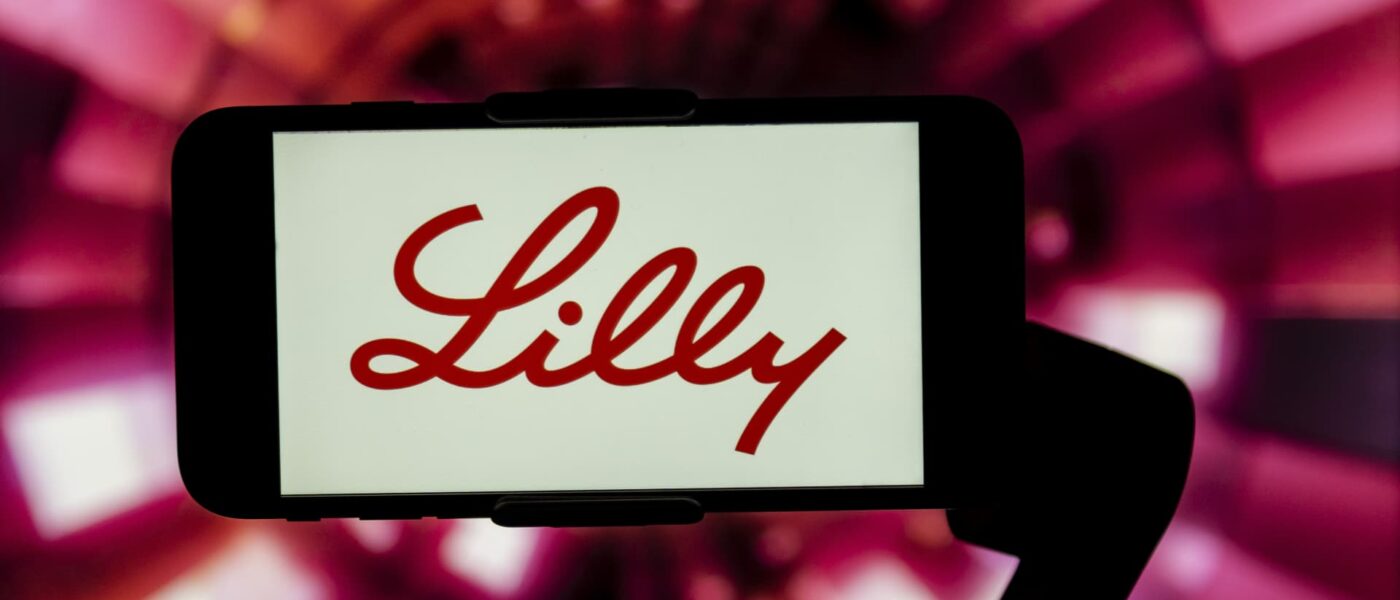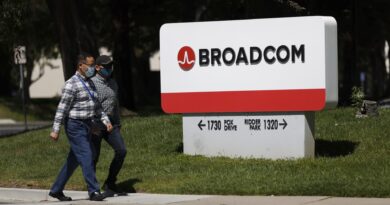Eli Lilly’s second quarter eases Zepbound pricing fears and suggests it’s making headway in
Eli Lilly shares are surging after it posted impressive second-quarter results, helped by a combination of more supply and better pricing for its blockbuster weight loss drugs, Mounjaro and Zepbound, suggesting it might be making headway against Novo Nordisk . “Investors were nervous going in and this print would come as a huge relief,” wrote Mohit Bansal, an analyst at Wells Fargo, in a research note after the results. Lilly’s shares are up more than 7% on the news. The two brands, which both contain tirzepatide, tallied $4.33 billion in revenue in the second quarter, topping the $3.35 billion consensus estimate. In the wake of the big beat, Lilly raised its 2024 revenue forecast by $3 billion to a range of $45.4 billion to $46.6 billion. Per-share earnings estimates were lifted to $16.10 to $16.60 from a prior forecast of $13.50 to $14. Barclays analyst Carter Gould said the higher forecast “should quell doubts around near-term performance and help start to de-risk expectations around ’25 numbers.” While Lilly has a large diversified pharmaceutical business, much of the stock action has been driven by the sentiment around its GLP-1 drugs, which treat diabetes and obesity. The drugs, which mimic incretin hormones, help patients lose weight by suppressing appetite and regulating blood sugar. Lilly shares experienced a steep pullback of nearly 16% in the month heading into the results. Some of the pressure has been tied to the broader move in the stock market, where investors were selling mega-cap tech stocks and other strong performers. Lilly fits that mold: shares are up more than 46% this year even after the recent sell-off. LLY YTD mountain Eli Lilly shares year to date. But mixed in to Lilly’s headwinds were two big concerns. The first followed positive reports from rivals that showed they were making progress in developing their own weight loss drugs . While some of these therapies seem promising, Lilly is also hard at work on its own next-generation treatments and still has a massive lead on these other players, analysts say. The other concern was pricing , exacerbated by the weakness Novo Nordisk saw in its second-quarter results on Wednesday. Novo’s Ozempic diabetes treatment and its Wegovy weight loss drug were priced at a premium to Lilly’s competing medications. So that may have caused the pressure on pricing that Novo experienced. Further, there are patients and doctors who might prefer Zepbound for treating obesity and patients who are overweight because clinical trial results showed that Lilly’s drug outperformed Novo’s Wegovy. Wells Fargo’s Bansal said Mounjaro prescriptions rose 14% from the first quarter to the second, while Zepbound prescriptions were up 59%. However, sales rose 59% for Mounjaro quarter over quarter and were up 140% for Zepbound as Lilly saw better pricing. According to Lilly, access to Zepbound for obesity treatment is improving, with 86% of commercial insurance plans covering the drug, and more than 50% of employers opting in. That is up from about 67% commercial plan access as of April 1. “Lilly is pulling ahead in the metabolic duopoly,” said Evan David Seigerman, an analyst at BMO Capital Markets, in a research note. Meanwhile, analysts see several events on the horizon that could further boost Lilly’s shares in coming months. One key event will be a look at health outcomes data for tirzepatide. This study hopes to show that the drug provides benefits to patients beyond weight loss. If successful, it could open the door to expanded use of Zepbound, including for patients who are insured through Medicare and Medicaid. Already, Lilly has submitted data to the Food and Drug Administration that shows tirzepatide can help treat obstructive sleep apnea in obese adults. If the drug’s label is expanded, this also could prompt its use by more patients, analysts say. Also closely watched will be the release of phase 3 results for orforglipron, an oral GLP-1 medication, expected to come out next year. As JPMorgan analyst Chris Schott said in reiterating an overweight rating on Lilly shares, “… while shares trade at a significant premium to peers, we see unprecedented growth for LLY over the next decade led by the company’s incretin franchise.” Schott expects Lilly’s incretin drugs to tally $68 billion or more in sales by 2030, and continue to grow from there. His $1,000 price target suggests shares could rise nearly 30% from Wednesday’s close. That target is higher than the average $941.55 on Wall Street.
This article was originally published by a Cnbc.com. Read the Original article here. .





